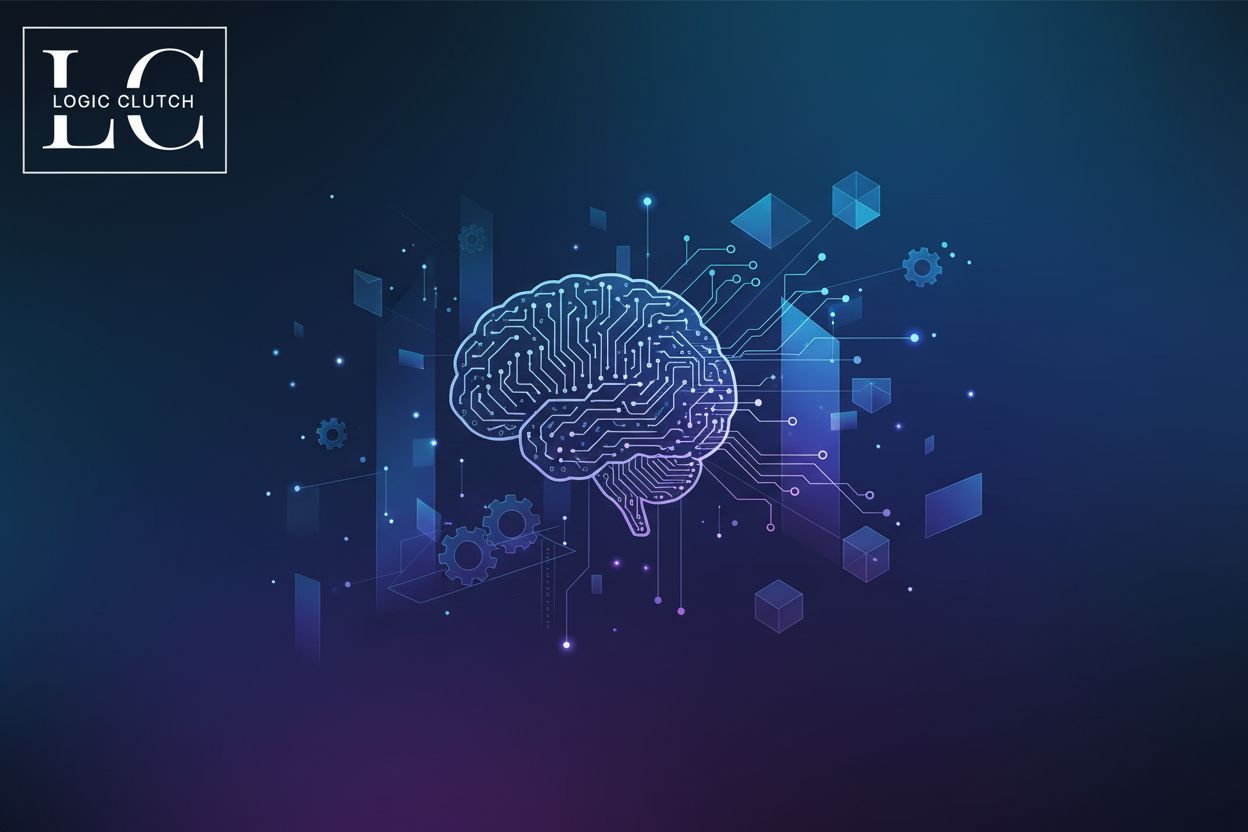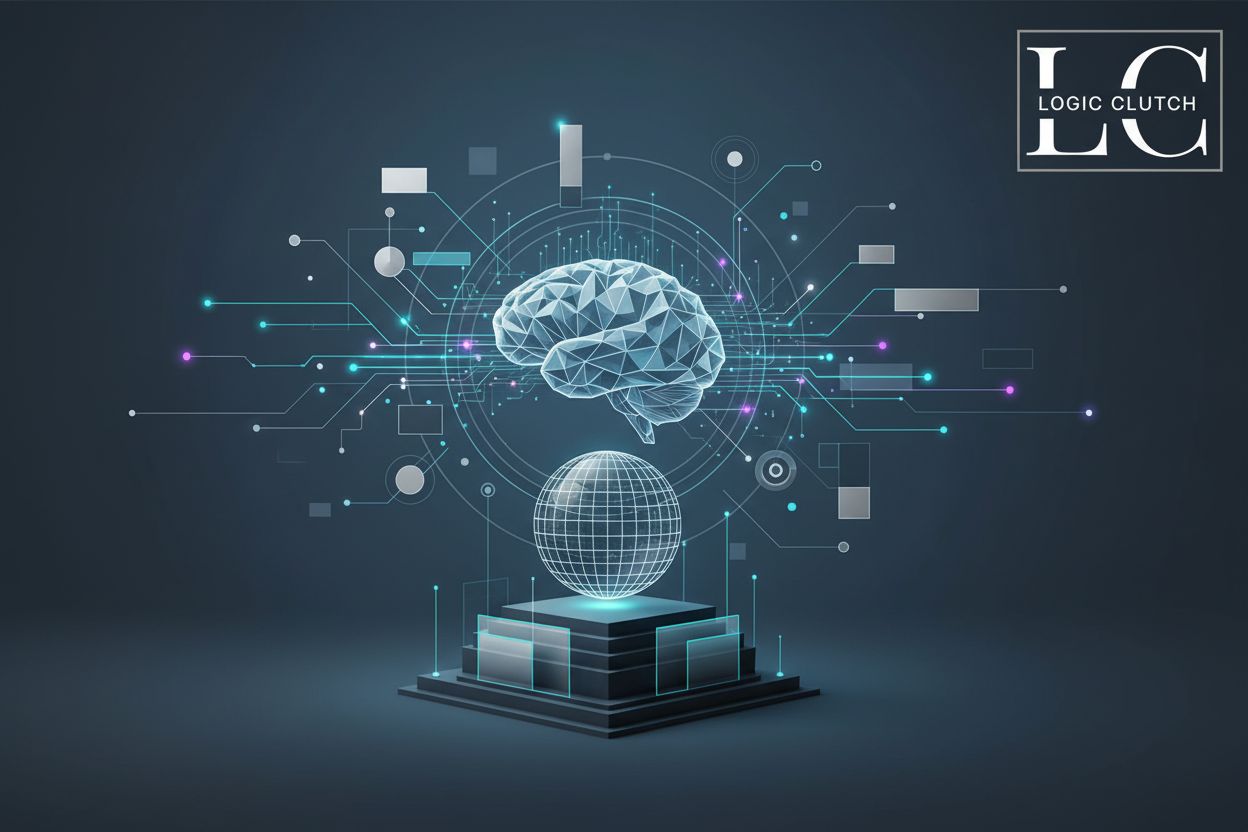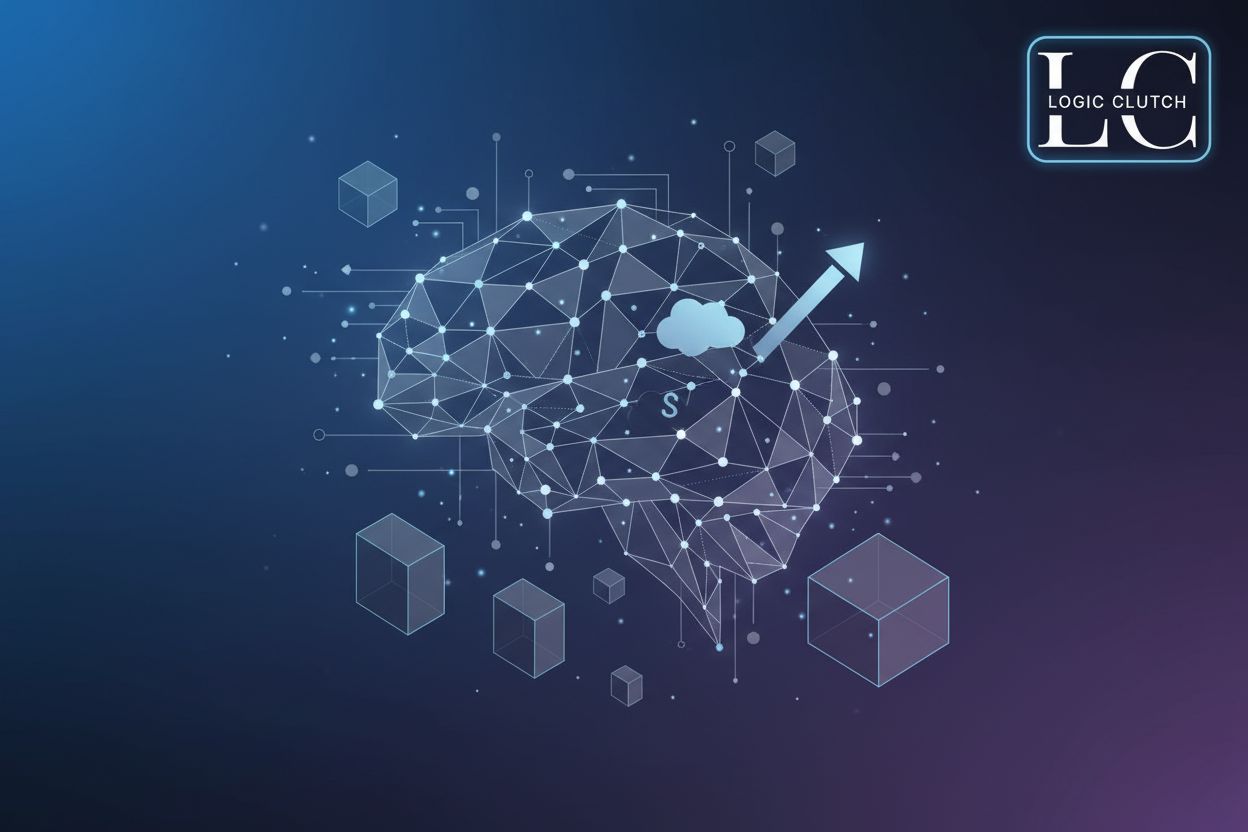Guide to AI Call Transcription for SaaS Applications
TL;DR
Introduction: Why AI Call Transcription Matters for SaaS
Alright, let's dive into why ai call transcription is kinda a big deal for saas. I mean, think about it – all those customer calls just sitting there, full of juicy data, but nobody has the time to listen to 'em all, right?
- It's hard work, trying to get anything useful outta customer support calls.
- And lets be honest, taking notes by hand? Forget about it - you always miss something.
- That's why using ai to transcribe calls is a game changer, it makes it easier to actually, y'know, use those conversations.
ai can turn all that audio into text you can search, which is pretty cool. Then you can use that info to make customers happier, improve your products - all that good stuff.
The United States transcription market is showing unprecedented interest in the transcription services, with USD 30.42 billion valuation in 2024, with estimated cagr of 5.2% from 2025 to 2030.
So, next up, let's look at how this works in practice.
Understanding the Technology Behind AI Call Transcription
Okay, so how does ai magically turn your phone calls into text? It's not quite as simple as waving a wand, but it's still pretty cool. Let's break it down.
At its heart, it's all about Automatic Speech Recognition (asr), which uses machine learning, ai, and natural language processing (nlp) to figure out what's being said. Think of it as teaching a computer to "hear" and understand human language.
The process starts with turning audio signals into something a computer can read - written text. Guide to Whisper AI Call Transcription for SaaS Apps: From Setup to Scale - This article provides an overview of how SaaS companies can use OpenAI’s Whisper Automatic Speech Recognition (ASR) for transcribing audio to text.
Systems like OpenAI's Whisper use something called an "encoder-decoder transformer architecture." Sounds complicated, right? Basically, it's a way of breaking down the audio, understanding the context, and then piecing it back together as text, like a super-smart translation device.
These systems are getting better all the time, which is why ai call transcription is becoming so useful. Next, we'll dive into the specific components that make it all work.
Benefits of AI Call Transcription for SaaS Applications
Okay, so you're probably wondering, "What's the big deal with ai call transcription?" Well, picture this: instead of just hearing what your customers are saying, you're actually understanding them on a whole new level.
Automated Documentation: ai takes notes for you, automatically. No more scribbling furiously during calls, missing key details. Your agents can actually, like, listen and focus on solving problems.
Enhanced Quality Assurance: Forget manually reviewing a tiny fraction of calls, ai transcription lets you analyze all of 'em. Find those keywords, track the customer's mood - basically, you get a complete picture without the manual labor.
Multilingual Support: Got customers all over the globe? ai can handle multiple languages, translating conversations in real-time, so everyone gets the same level of service.
Smarter crm: ai automatically updates customer records with summaries, action items, and even the customer's sentiment. It's like a super-detailed customer journey map that actually reflects what's happening.
Product Intelligence: Customers drop gold nuggets of feedback during calls – feature requests, pain points, you name it. ai extracts this info, so your product roadmap is actually based on what people need, not just assumptions.
It's about making things easier, more efficient, and ultimately, more valuable. Think of the time saved, the insights gained, and the happier customers.
Next up, let's look at how ai call transcription adds real value by integrating directly into your crm systems.
Step-by-Step Implementation Guide (e.g., Using Whisper)
Okay, so you're thinking about setting up ai call transcription. Good move! But where do you even start, right? Well, let's walk through it.
First things first, you gotta install the required libraries. Think of it like gathering your tools before starting a project.
- You'll likely use pip, which is a package installer for Python. It's pretty straightforward, so don't sweat it. For example, you might run something like:
pip install git+https://github.com/openai/whisper.git
- Next up is loading the model. Whisper comes in different sizes – tiny, base, small, medium, and large. Bigger models are usually more accurate but need more computing power. If you're just testing things out, start small. For larger models, make sure that you have enough resources to run them.
Now for the fun part, actually transcribing something!
- Once you've loaded the model, you can transcribe an audio file with a simple command. It's like telling Whisper, "Hey, listen to this and tell me what it says."
result = model.transcribe("audio.mp3")
print(result["text"])
- And if you're more comfortable with the command line, you can use Whisper directly from there too. It's kinda like having a direct line to the ai. You can skip writing a script altogether.
Next, we'll explore how to use the Hugging Face Transformers pipeline to work more efficiently.
Planning Your AI Call Transcription Rollout Strategy
So, you're ready to roll out ai call transcription? Awesome, but don't just dive in headfirst! You need a plan.
Think of it like this: you wouldn't unleash a new puppy on the whole house without some crate training first, right? Same goes for ai.
Phase 1: Getting Started (Weeks 1-2) - Focus on setting up your Whisper ai integration. Make sure you've got your audio files in order, your api key ready, and a place to store all those transcripts. Start small, test 50-100 calls to get a baseline for accuracy.
Phase 2: Integration Development (Weeks 3-4) - This is where you build out your processing pipeline. Consider things like sentence segmentation, speaker identification, and even custom terminology for your industry. Plus, hook it up to your crm, help desk, all that jazz.
Phase 3: Team Training and Rollout (Weeks 5-6) - Train your team! Show them how to use the transcripts, how to do quality assurance, and- of course- how to handle sensitive data. Start with internal calls, then move to non-critical customer interactions.
Planning is key here, otherwise, your ai rollout will be a hot mess. Now, let's dive into the first phase: getting started.
## Addressing Common Challenges and Limitations
Ok, so you're thinking ai call transcription solves everything? Not quite, there's always a catch, right? Let's be real about the challenges.
- Real-Time ain't Always Real: Streaming audio with something like Whisper ai? Can be a headache. It's not really built for that. A workaround is to use a faster asr for real-time help during the call, them use Whisper after the call for better analysis.
- Who's Talking Now?: Some ai tools don't know who's speaking. So, you might want to look at "diarization" tools; something like Pyannote-audio or Assemblyai.
- Setting the Right Expectations: Accuracy can vary. A noisy room? Accents? That's gonna mess with things. It's a good idea to normalize audio levels, cut out the noise, and keep a custom vocabulary list for your industry. And for those critical calls? Maybe have a human review them, just to be sure.
Think of it like this: ai is a great tool, but it's not magic. Next up? We'll look at...
## Comparing AI Call Transcription Tools
Picking the right ai call transcription tool? It's like choosing your weapon in a video game - gotta know what you're up against.
- Accuracy matters, but it ain't everything. Some tools nail accents and jargon better than others. Think about what your team really needs.
- Real-time transcription can be a lifesaver. For sales teams, it's like having a co-pilot, giving instant summaries and next-step suggestions.
- Multilingual support is a game-changer if you're dealing with global clients. Don't get caught lost in translation.
- Integration is key. Gotta make sure it plays nice with your current crm and other systems.
So, next up, some factors to consider, before you commit.
## ROI Analysis: Quantifying the Business Impact
Alright, so you're probably wondering if ai call transcription is actually worth the hype, right? Like, does it really pay for itself? Let's break down how you can measure that.
Cutting Costs Directly: Think about it – how much time do your employees waste on manual tasks? ai can automate things like data entry and quality assurance. For instance, if ai trims post-call admin work by, say, 10 minutes per call, that time savings adds up fast.
Boosting Revenue: Better customer service and product development can lead to more sales and happier customers. Imagine using ai to identify upsell opportunities during calls – that's money on the table.
Gaining a Competitive Edge: ai can give you faster response times and better global support. It's about doing things your competitors aren't doing, which makes you the go-to choice for customers.
Quantifying the business impact isn't about magic numbers; it's about showing real, tangible benefits. Next, let's see how this plays out in real life.
## Security Best Practices
Okay, so you're using ai to transcribe calls, which is great, but it's also got you thinking about security, right? Gotta make sure all that data stays safe.
First off, encrypt those audio files. Think of it like putting 'em in a digital safe, both when they're moving around and when they're just sitting there. Also, you need automatic pii detection – that's where the ai spots and redacts personal info, automatically. And keep audit logs of everything – who accessed what, when; trust me, you'll want that trail.
Plus, you can't ignore the legal stuff, right?
- gdpr for European customers; gotta respect their data rights.
- hipaa if you're dealing with healthcare, which has its own rules and regulations.
You also gotta be upfront with customers, or things will get ugly real fast.
- Always tell 'em you're recording the call.
- Be crystal clear how you're using their data.
- And let them see their transcripts if they want.
- Most importantly, give 'em a way to opt out if they're not feeling it.
It's all about showing you're not some kinda data-hungry monster, y'know?
So, what's next? Well, let's talk about what you can actually do with all this data – some pretty cool stuff.
Advanced AI Use Cases and Future Opportunities
Okay, so you're transcribing all these calls. Now what? Well, that's where things get really interesting. It's not just about having the text, it's what you do with it.
Churn prediction is a big one. ai can analyze conversations to spot at-risk customers way before they actually cancel. It's like having a sixth sense for customer sentiment.
Product-market fit analysis becomes way easier. Track how customers talk about your product, what they like, what they hate. Then, adjust accordingly, you know?
Plus, you can get competitive intelligence, understand why customers might switch to a competitor. It's all about knowing your weaknesses and strengths.
Use that transcription data to train chatbots. Seriously, a chatbot that actually understands your customers' specific language? Game-changer.
Build automated response systems that suggest replies to your agents. It's like giving them a super-smart assistant.
And don't forget business intelligence automation. ai can generate executive reports and trend analysis from all that conversation data. No more manual number crunching!
All this ai stuff, it's about taking those conversations and turning them into insights that drive your whole business. Next, we'll talk about how to get started with Whisper for saas transcription.
## Conclusion: Is AI Call Transcription Right for Your SaaS?
So, you've made it this far! Are ai call transcriptions a fit for your saas biz? Well, let's see...
- First, think about data security - is your ai tools compliant with gdpr or hipaa? Are you encrypting the data?
- Next is cost: is it actually saving you money, ya know, compared to doing things the old-fashioned way?
- And what about accuracy? If the transcriptions are riddled with errors, it might actually slow you down.
Don't overthink it tho! Start small, test a few calls, and see what happens. What are your customers really saying? Are you listening?
And now, let's wrap things up...





